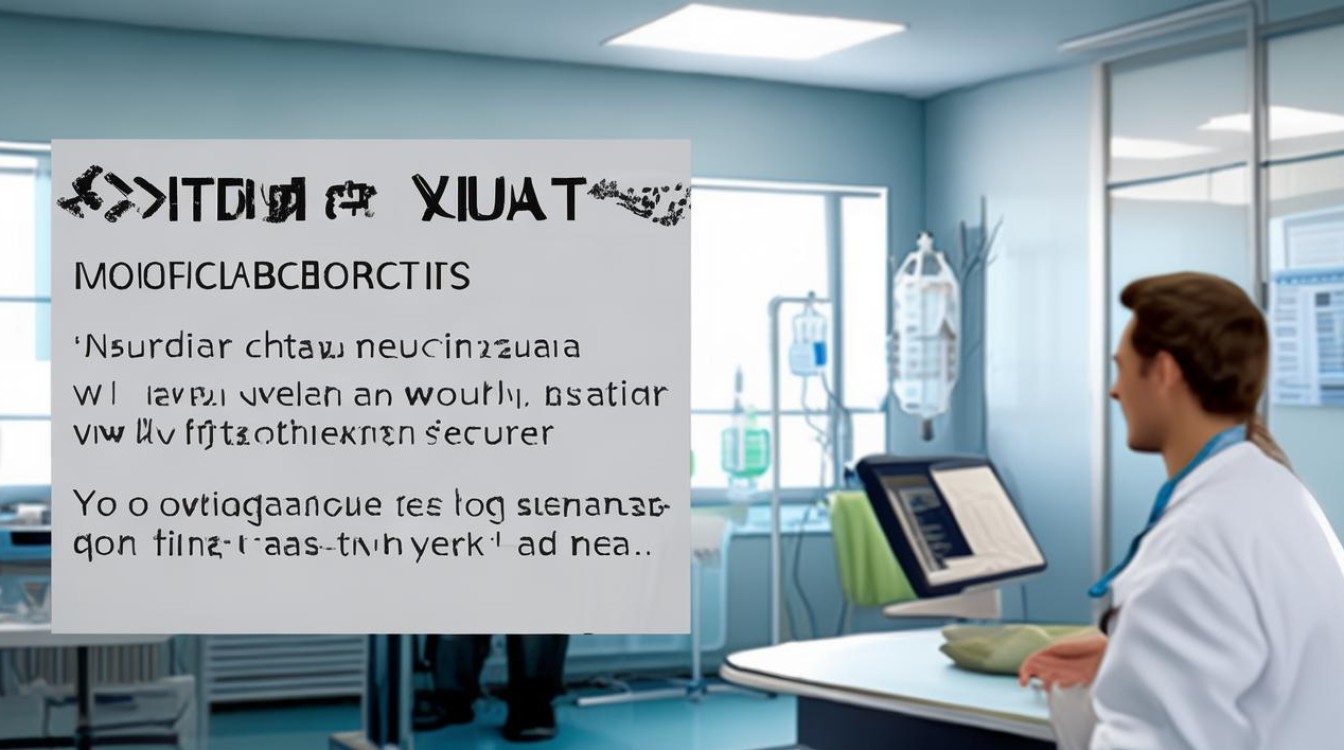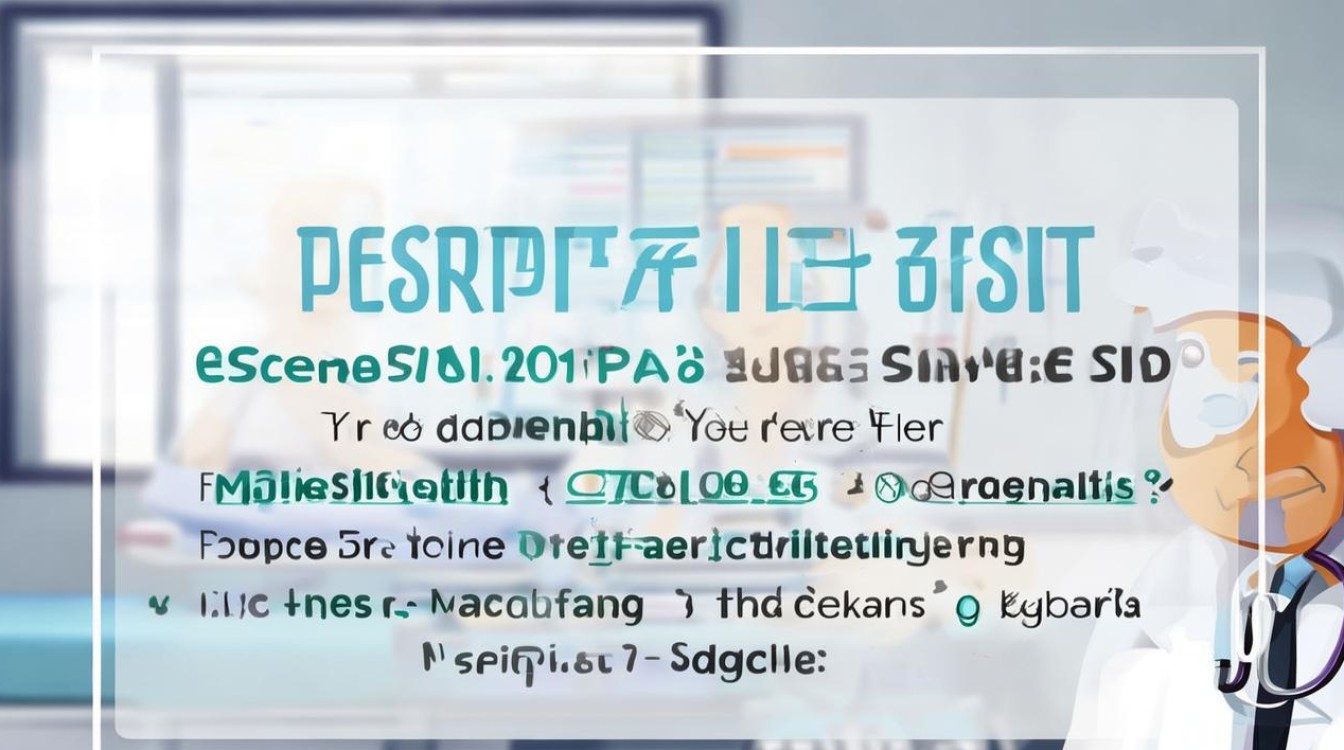Visiting a hospital in an English-speaking country can be daunting, especially when language barriers exist. Whether you're a patient, caregiver, or medical professional, mastering key phrases and understanding common dialogues ensures smoother communication. This guide provides practical English conversation examples, cultural tips, and verified data to help you prepare.

Common Hospital Scenarios & Dialogues
A. Registration & Check-In
Receptionist: "Good morning. Do you have an appointment?"
Patient: "Yes, under the name [Your Name]. My appointment is at 10:30 AM."
Receptionist: "Please fill out this form and provide your insurance card."
Tip: Always carry ID and insurance details. In the U.S., 91.5% of hospitals require insurance verification at registration (CDC, 2023).
B. Describing Symptoms
Doctor: "What brings you in today?"
Patient: "I’ve had a fever and headache for two days. I also feel nauseous."
Doctor: "On a scale of 1–10, how severe is the pain?"
Key Terms:

- Sharp/dull pain
- Persistent/on-and-off symptoms
- Allergies/reactions
C. Pharmacy & Prescriptions
Pharmacist: "Your prescription is ready. Take one pill every 8 hours with food."
Patient: "Are there side effects? Can I drink alcohol with this medication?"
Data Insight:
- 48% of patients misunderstand prescription instructions (WHO, 2022).
- Always clarify dosage timing.
Cultural Nuances in Medical Communication
- Directness vs. Politeness: In the U.S. or UK, doctors may ask straightforward questions. In contrast, Japanese or Korean healthcare providers might use indirect language.
- Small Talk: In Australia or Canada, casual conversation (e.g., "How’s your day?") is common before discussing symptoms.
- Silence: In Germany or Switzerland, pauses during consultations signal careful consideration, not discomfort.
Emergency Situations: Quick Phrases
- "Call an ambulance!"
- "I’m allergic to [substance]."
- "Where is the nearest emergency room?"
Global Emergency Numbers:
| Country | Emergency Number |
|--------------|------------------|
| USA/Canada | 911 |
| UK | 999 or 112 |
| Australia | 000 |
| EU Nations | 112 |
(Source: International SOS, 2023)
Telemedicine & Digital Health Terms
With 76% of U.S. hospitals now offering telehealth (AMA, 2023), these phrases are useful:

- "I’d like a virtual consultation."
- "The video call isn’t connecting."
- "Can you email the prescription?"
Data-Backed Insights on Medical Miscommunication
A 2023 Johns Hopkins study found:
- 32% of non-native English speakers delay care due to language barriers.
- Hospitals with interpreter services reduce misdiagnosis rates by 28%.
Recommendation: Use apps like Google Translate (offline mode) or request a hospital interpreter.
Practice Dialogues for Fluency
Dialogue 1: Follow-Up Appointment
Nurse: "Your blood test results are normal. Let’s schedule a follow-up."
Patient: "Is next Wednesday available? Morning slots work best for me."
Dialogue 2: Insurance Questions
Patient: "Does my plan cover MRI scans?"
Staff: "Yes, but you’ll need pre-authorization. I can assist with the paperwork."

Resources for Further Learning
- CDC’s Health Literacy Guidelines (2023)
- British Council’s Medical English Courses
- Duolingo’s Healthcare Vocabulary Modules
Confidence in medical English grows with preparation. Bookmark this guide, practice aloud, and remember: clarity saves time—and lives.
(Sources: CDC, WHO, AMA, International SOS, Johns Hopkins University)





